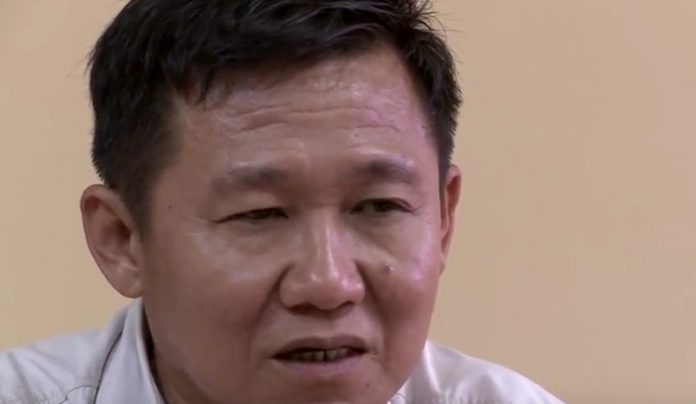As most of us know, literacy is the basis for life-long learning that greatly helps with poverty reduction, sustainable development and democratization. Basically, it is essential for improving quality of life by inspiring literate people to search for alternative solutions to enhance health and nutrition, value gender equality to attain overall family happiness and proactively participate in community development.
In Cambodia, there has been a lot of attention towards its literacy rate, which was known to be bad since the country was spoilt by war and political instability in the past. Here’s important information about this aspect:
Statistics
1. The National Population Census in Cambodia in 2008 puts its adult literacy rate (15 years old and above) at 77.6% and the functional literacy rate (people who can read, write and calculate for their own) in 1999 as 37.1%, which is more concerning.
2. Basically, the country’s challenge lies in reducing the disparities in literacy rates by gender, which were 85.1% among males and 70.9% among females, and by age group, which were 90.4% in urban areas and 74% in rural areas, as well as among ethnic minorities and people who are most marginalized.
3. In Ratanakiri alone, which is home to a huge number of indigenous people, the adult literacy rate is only 45.9%.
4. Another huge concern is that improvement in the country’s literacy rates has been slowing down, partly because most illiterate people are difficult to reach, such as those living in remote areas, ethnic minorities, people with disabilities and migrants.
5. Naturally, literacy rates are higher in urban areas compared with rural areas. Also, there is a high correlation between poverty and illiteracy, where it seems that illiterate and poor people come from the same group of population.
Facts
Traditionally, formal education in the country was handled by the local Buddhist wat, with monks and bonzes as teachers. Students entirely comprise of young boys, and the education was limited to memorizing Buddhist chants. In 1933, such a system was expanded into secondary education for novice monks, which included learning how to read and write the rudimentary Buddhism, as well as Khmer. However, girls were still not allowed to study in these schools.
During the Khmer Rouge regime, there was an entire generation of young people in Cambodia who were illiterate due to school closures, and for the teachers and educated individuals, they were treated with suspicion and even executed. When the regime ended in 1978, there were only 5,000 teachers across all educational levels that remained alive of the previous 20,000. The educational system was then rebuilt from scratch, with the new system based loosely on the system of the Vietnamese.
Although education is free, the quality of education in the country has remained poor, with corruption and bribery being rife in the system. Generally, the value of education is low amongst the general populace.
Final Thoughts
Now, there is a strong commitment from the government to improve the literacy rates in the country, considering that it is an important factor in development. The government and the Ministry of Education are working with national and international development partners, particularly UNESCO, to strengthen educational policy and capacity, specifically in the non-formal education sub-sector. With innovative programs, literacy rates are expected to improve in Cambodia.
Crystal Lombardo is a contributing editor for Vision Launch. Crystal is a seasoned writer and researcher with over 10 years of experience. She has been an editor of three popular blogs that each have had over 500,000 monthly readers.


















